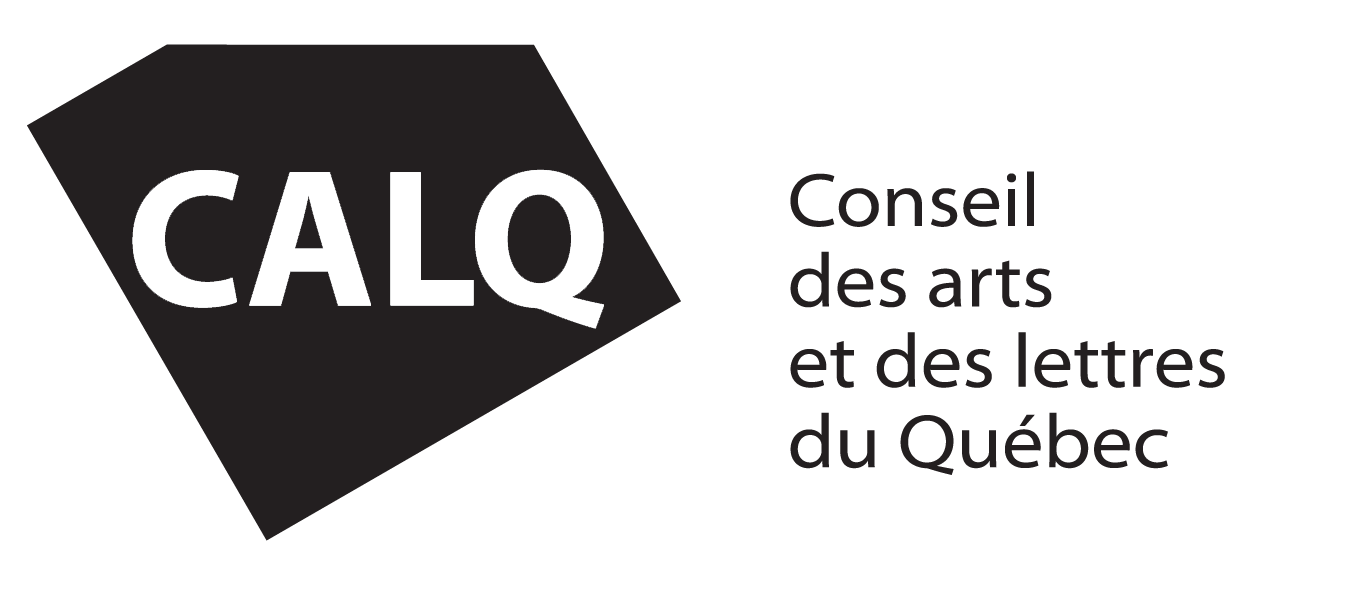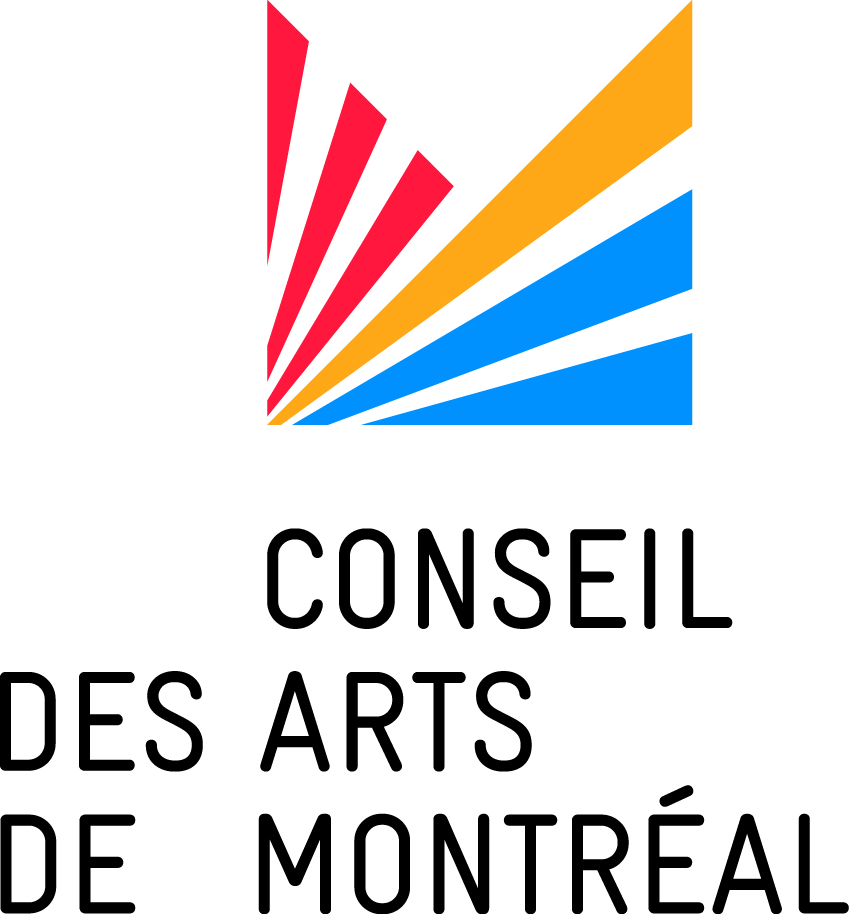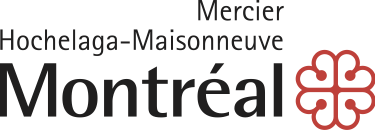Le Noir
Death and mourning, the devil and the plague, black magic and superstition, Benedictine monks and the Puritan moral code, the anarchist’s black flag and “great darkness”: so many spontaneous associations with black that are not open to dispute. Along with its companion white, black was considered a non-colour from the fifteenth to the seventeenth century, from the invention of printing to Isaac Newton’s discovery of the colour spectrum. It wasn’t until the beginning of the twentieth century that it was fully rehabilitated by modern painters and consecrated as the height of elegance by fashion designers.
From the murals of Lascaux and the frescoes of Pompeii to Van Eyck, Rembrandt, Goya, Vélasquez and Manet, black is the colour with which all others must come to terms. For Soulages, Motherwell, Reinhardt, Nevelson, Bourgeois and Borduas, black offered a multiplicity of material and metaphorical possibilities. Whereas for Adorno, “Today, radical art means dark art, black as a fundamental colour.” (1)
As Ad Reinhardt so eloquently demonstrated with his “black” monochrome paintings (1954-1967) – in which barely perceptible grids reveal shades of gray, red, green and blue over time – black possesses a particular ability, when impregnated with other colors, to challenge the very limits of visibility and provoke a veritable slowing down of perception. A lesson not lost on Guido Molinari who, along with so many other contemporary painters, has continued to explore the radical potential of black.
Black is not a colour one spontaneously associates with Francine Savard, whose essentially monochrome paintings tend to communicate their meaning through carefully elaborated colour and meticulously constructed form. The fact that the Gutenberg press made a major contribution to the history of black resonates, not without a certain irony, in Savard’s work, which is deeply rooted in print.
Francine Savard’s black (and white) paintings, exhibited here alongside Guido Molinari’s Triblanc (1956), reveal the range of “material” sources from which the artist draws to create. The two large-scale Volumes noirs (2000-2008) are unmistakably reminiscent of a bound book, with “pages” on three sides made up of layers of canvas, joined by a painted “edge”. The printed page and the structural analysis of text form the basis of Et, Ou, Si and Mais, as well as Partitions (2007), while Le Musée imaginaire (1997) literally refers to a bookshelf or library.
The Suites series (2008), for its part, uses photographs of cardboard boxes with flaps opened in various ways. Careful examination of the paintings in this latter group shows that none is in fact pure black; shades of brown, blue, green and violet demand careful reading and underline the role played by each of the paintings in the series. The artist also uses shades of black in Et, Ou, Si and Mais to delineate the delineate the contours of each word on the “page”, creating both an invitation and an obstacle to “reading” the text. The limited palette of all the paintings on display enhances the resonance of the forms in each, forcing the viewer to question the meaning or origin of the forms, thus provoking the desired slowdown in perception. In addition, the gallery’s white walls act as a negative space in which the works installed in the room come to life like marks on a blank page.
The painting Multi-noir (2014), created specifically for this exhibition in the Guido Molinari Foundation venue and referring to Molinari’s Multi-blanc (1958), serves as a fulcrum for all the works brought together at the same time in this space, transforming the exhibition into a journey of the mind, an open book, an imaginary space infused with desire and aspiration, even a certain melancholy.
Two large-format black-and-white photographs presented in the vault, however, remind us of Savard’s primordial interest in the history and materiality of painting, and, obliquely, the role played by photography in the history of black as a color. Volumes noirs, then, like large photo albums, remind us in turn of the conceptual and self-referential character of Francine Savard’s work.
– Lesley Johnstone, Curator, Musée d’art contemporain de Montréal
Watch the video of the opening night:
Read the exhibition flyer below:
(1) Adorno, Theodor W., Théorie esthétique (1970), trad. Marc Jimenez, Paris, Klincksieck, 1974, 2011, p. 66.






